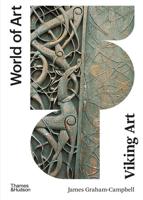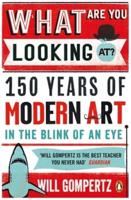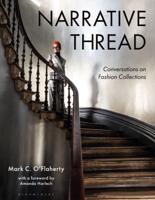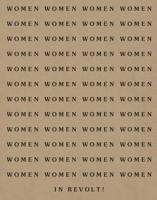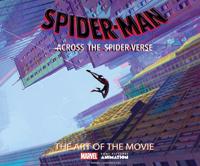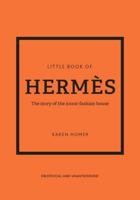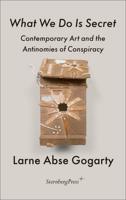Publisher's Synopsis
For most of the 19th century and the first decade of the 20th century, France was deemed to embody the very essence of artistic modernism. However, this study argues that, after World War I, traumatized by the experience of the trenches and then by the stranglehold of the Depression, France suffered a crisis of confidence so profound that it initiated a period of cultural, political and economic retrenchment that lasted into the Vichy years. The image that France acquired of itself - as a rural, feminine, feudal society - was not only reflected in the art of the period but was to a large extent fashioned and conditioned by it.;Golan argues that reactionary issues such as anti-urbanism, the return to the soil, regionalism, corporatism and doubts about the new technology became central to cultural and art-historical discourse. Focusing on the overlap of avant-garde and middle-of-the-road production, she investigates the import of these issues not only in painting, sculpture and architecture (concentrating on the work of Leger, Picasso, Le Corbusier, Ozenfant, Derain, the Surrealists and the so-called "naifs"), but also in the decorative arts, in the spectacle of world and colonial fairs, and in literature. Throughout she finds evidence that artists turned from the aesthetics of the machine age towards a more organic, naturalistic art. This leads her to ask whether the famous and momentous shift of the avant-garde from Paris to New York in 1939 did not, in fact, begin two decades earlier, in 1918. According to Golan, it is in democratic France of this period, rather than in Fascist Italy or Nazi Germany, that one finds the a demonstration of the hidden interaction of art and ideology.

